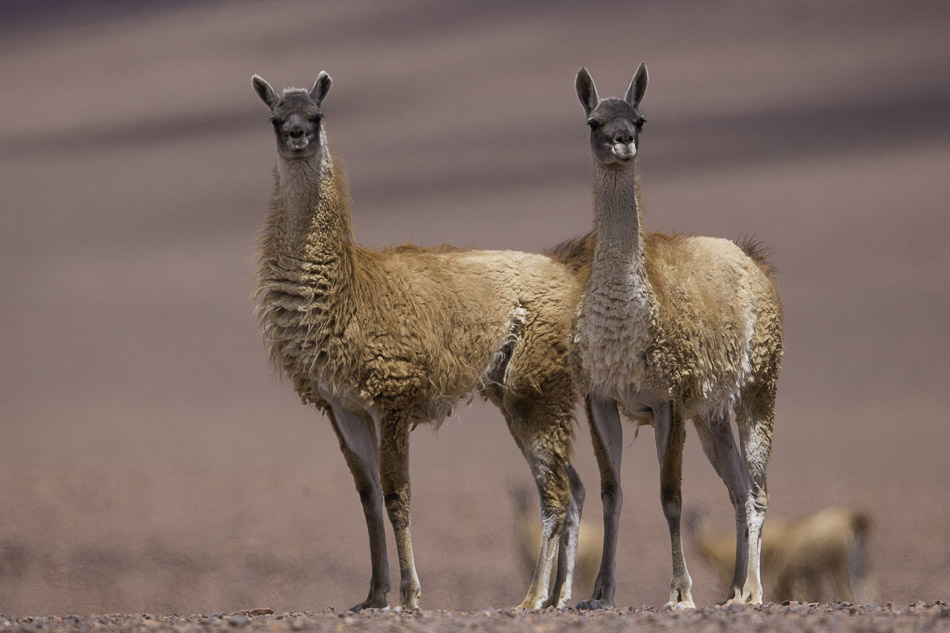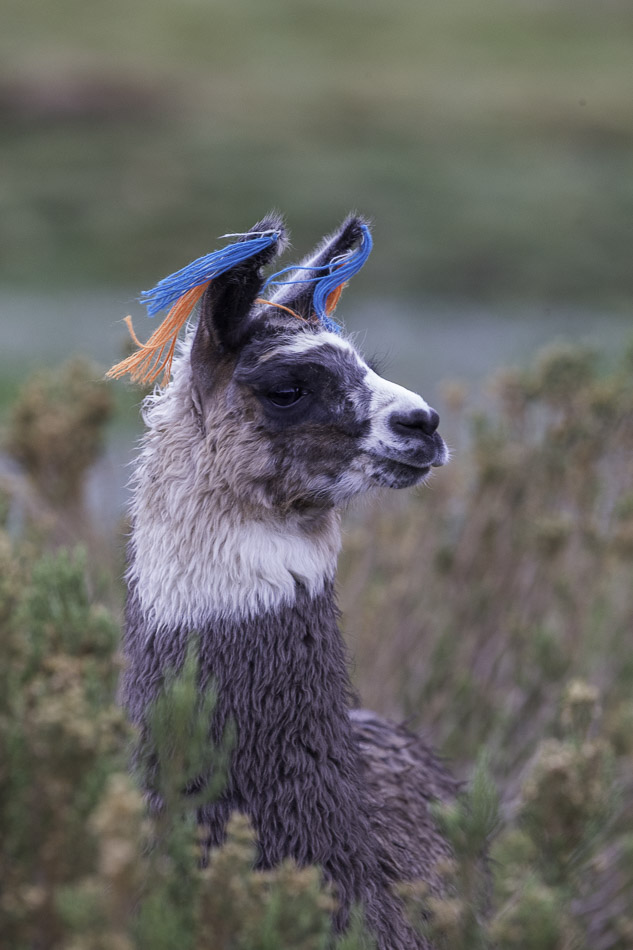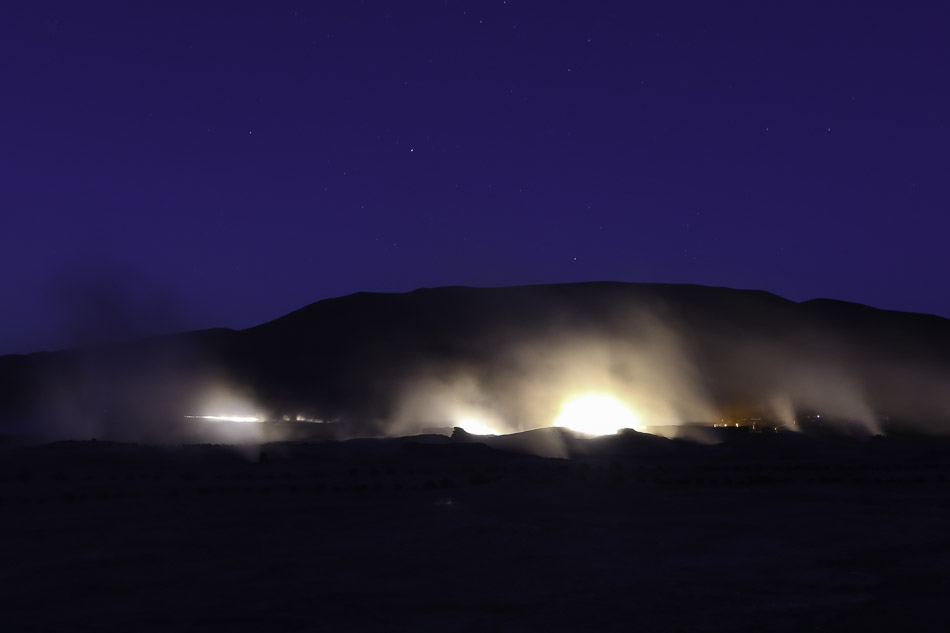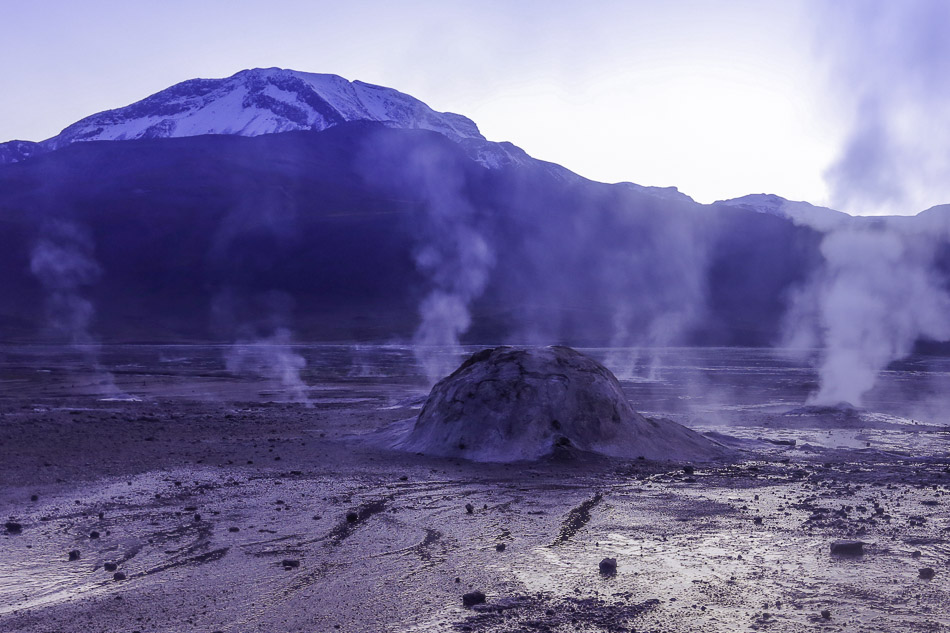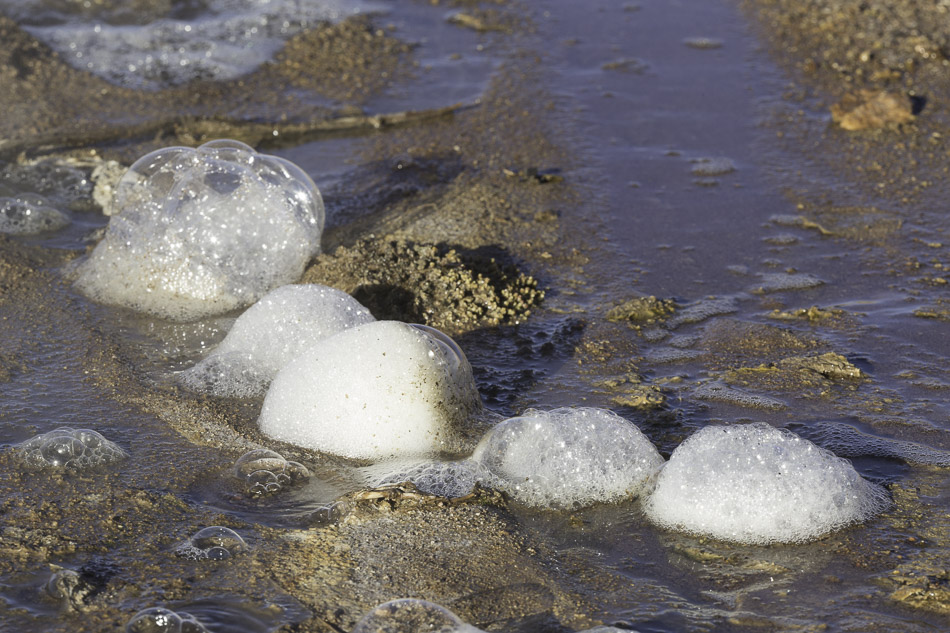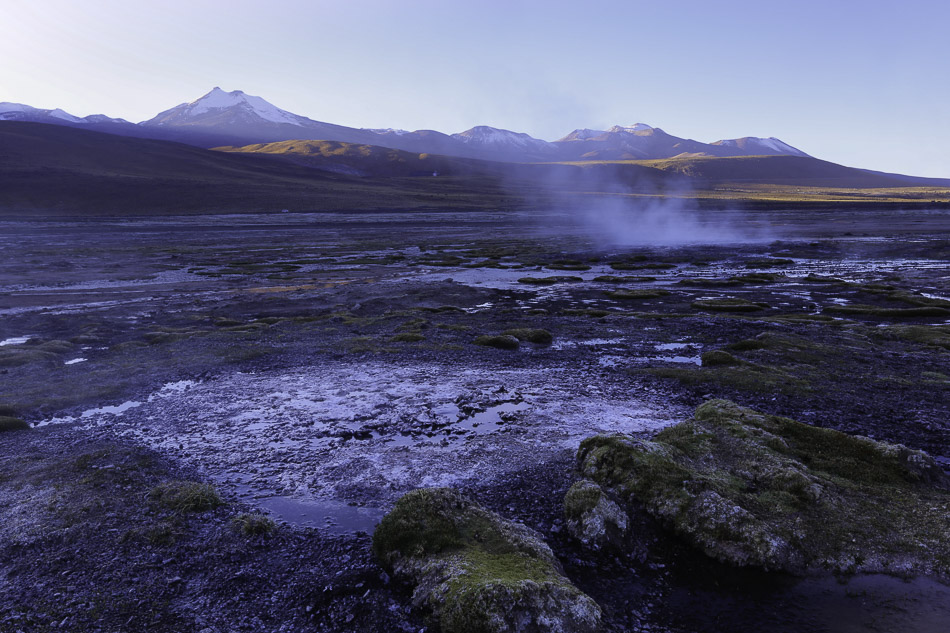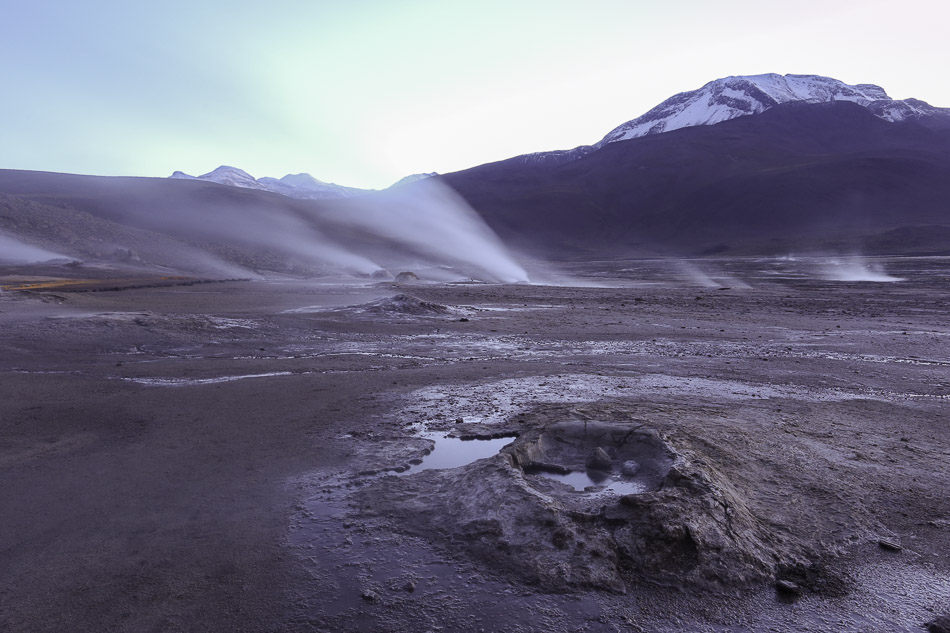For thousands of years the Andean people relied upon one type of animal as their means of transport. All their goods being transported by this one haughty beast, the Guanaco, which formed the ‘Caravans of the Andes’.
This ungainly and spitting beast took the place of the horse as the continent’s beast of burden.
Over the thousands of years the indigenous peoples of the Andes domesticated the Guanaco into a slightly more amenable and much more useful animal, the Llama.
Whilst the Llama will not allow itself to be ridden it had the capacity and strength to carry goods and for the people living in the high Andes this made the animal valuable. The Incas used the droppings from the Llama and Guanaco to fertilise their crops. ‘Caravans of the Andes’ made up of Llamas would transport potatoes, maize,wool and salt from the Altiplano west to the coast and east to the lower lands, the forests and dry deserts. On their return journeys, the Llamas would carry fish and seafood from the coast or feathers, tobacco,wood and honey from the lowlands in the east.
The entire economy of the Andean peoples relied upon the Llama, whist the milk, meat and wool from the animal directly sustained them in their harsh and mountainous environment.
There is a special place in northern Chile where these ‘caravans’ congregated. It is thought that hundreds of ‘caravans’ would converge on this place particularly at fiesta times. Not only was this a great market it was also a stock exchange of promises and plans. Families would unite, marriages proposed, debts settled and no doubt revenge sought after.

Paula and I were travelling through the Atacama desert. We were returning from an expedition to Peru, part of a ‘Living Wild in South America’ filming and photographic project.
We saw up on the distant hills, patterns and shapes, so we investigated. This was the Salar de Pintados near to Iquique. These patterns could be seen from all directions, signposts in the sky. Thousands of years ago caravans of tradesmen, merchants, families from throughout the Andes may have journeyed here and the animal that would have sustained them would have been their Llamas.

